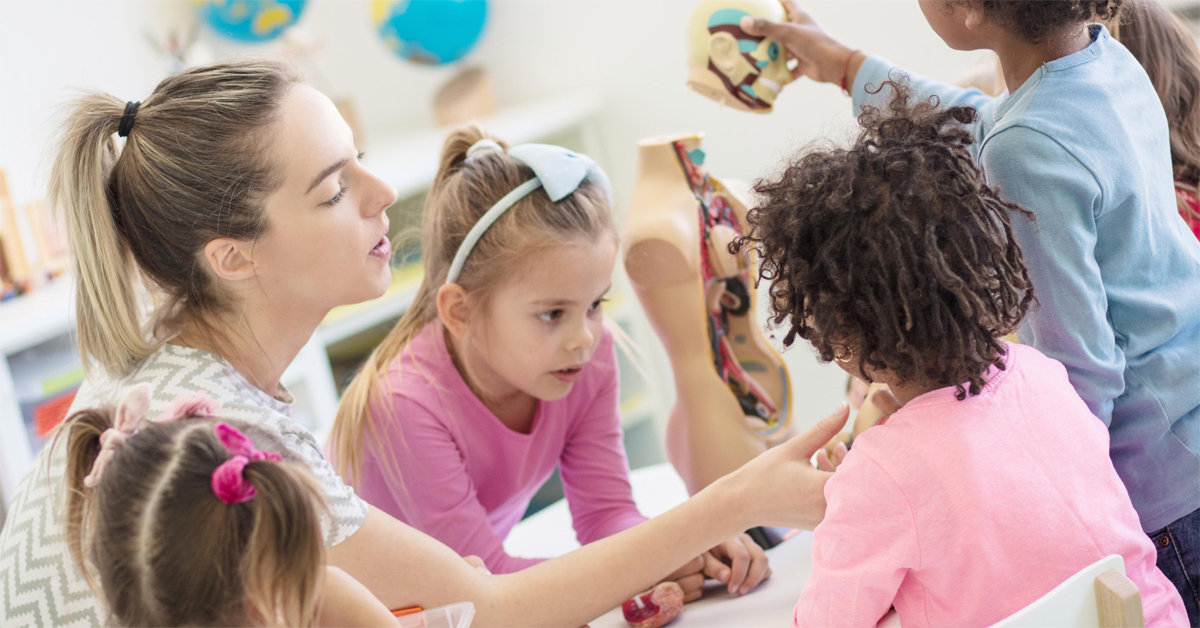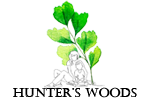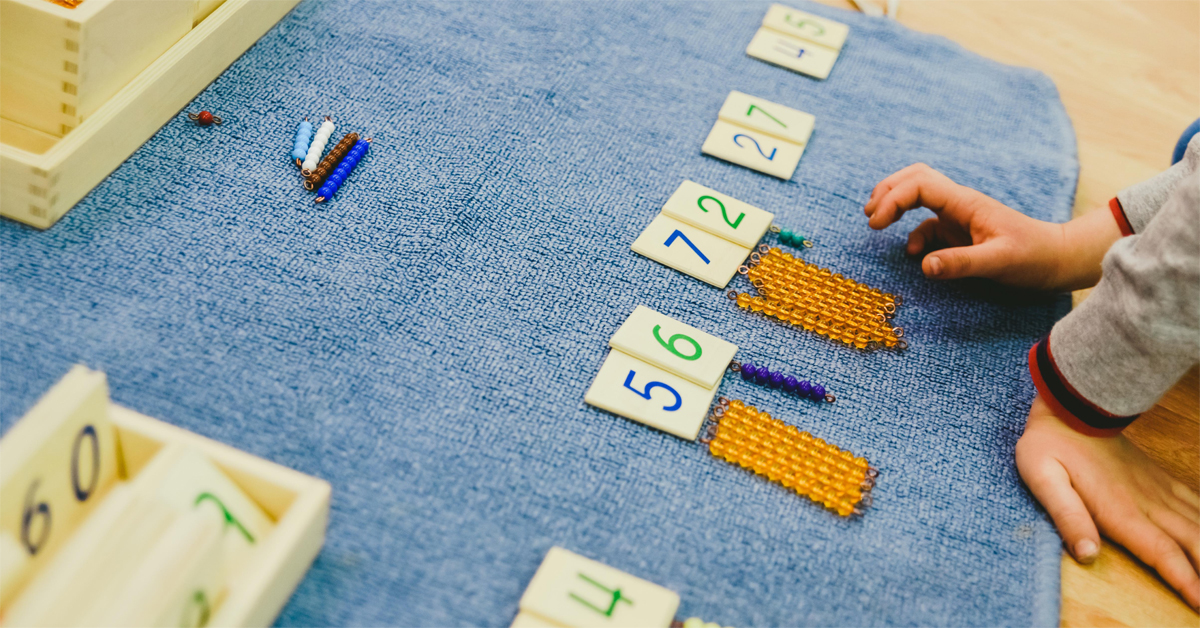I’m taking a short Montessori course for parents who are homeschooling their elementary kids this school year and I thought I’d share here the things that I learn throughout the course. (I will also post snippets in our Instagram page.) I’m hoping it can help not only fellow Montessori parents, but also those whose kids may not be enrolled this year but who still want to apply Montessori principles such as self-directed experiential learning. Let’s go…
♥
You can do Montessori without the materials but you can’t do Montessori without the philosophy.
This is one of the first and most important points that the course makes. Materials are what we call the educational tools in a Montessori classroom — things like beads and puzzle maps and binomial cubes. These are all very helpful but it’s not necessary — and, at the same time, not enough by itself — to just buy tons of Montessori materials. The most important thing is to understand the philosophy behind Montessori education.

The Montessori elementary curriculum is based on the idea that children at this age have a thirst for knowledge and want to know everything.
Maria Montessori called it “cosmic education” — a term I’m not really fond of because it brings to my mind things like cosmic rays and galactic forces and all sorts of space science fiction-y stuff. But it might help to remember that the term cosmos actually refers to “the universe, especially when it is understood as an ordered system” (Merriam-Webster). And as I understand it, cosmic education is a way of learning about things as a whole. So, even though cosmic education includes such subjects as language, math, geometry, geography, history, biology, music, and art, these subjects aren’t taught separately — like they would be in a traditional school curriculum — but are integrated as much as possible into a single topic.
It’s interesting because this is actually kind of like how we were taught in medical school. The system was called problem-based learning (PBL) and instead of having separate subjects like microbiology and anatomy and physiology taught by different teachers, we would be presented with a problem — say, a person with fever that turns out to be typhoid — and we would read all about that topic. What microorganisms are involved, what parts of the human body are affected, what happens upon infection, eventually leading to how it is diagnosed and treated. Looking at something as a whole instead of a sum of its parts. When PBL was first introduced, people were skeptical because it involved students having to do a lot of reading on their own — instead of lectures by teachers — and one particular short-term concern was whether we would pass the board exams. But not only did we pass the board exams, our school then enjoyed an unparalleled streak of having a 100% passing rate in board exams for years and years. More importantly, my classmates are now good doctors, doing well in their practice, and many of them are now in the frontlines against COVID.
(What I, ever the unconventional one, am doing in my own life, is another story…um, unya na lang na, haha.)

Practical points for parents
As a homeschooling parent you don’t need to know everything about everything. Even professional teachers don’t. You just need to have an idea of how to find whatever information you need and, more importantly, how to help your kids find it for themselves.
What you do need is to have the same growth mindset that you would like to develop in your child, the mentality of being a lifelong learner. In fact, it’s perfectly okay — when your kids ask a question to which you don’t know the answer — to say “I don’t know. Let’s find out together!” When you are excited about learning, your kids see it, and they become excited about learning too.
Having kids find answers for themselves is very important, whether it’s through a dictionary, the internet, or going on a field trip. Kids need to develop a sense of agency, a feeling of control over their actions and their consequences. This actually goes back to the interconnectedness that is emphasized in cosmic education. It’s important for kids to have an idea of who they are, what their place is in the world, and what they can do. It helps them develop an understanding and a sense of responsibility towards others and towards their environment.
In relation to that, it’s important to prepare an environment — say, a room, or a corner of your house — where your child can get things on their own and not have to keep on asking you for things like pen and paper. This helps them to develop independence and gives them the space they need to make “discoveries” without interruptions.
Tell stories instead of giving lectures. There’s a whole section of the course devoted to this (which I haven’t gotten to yet) but the rationale is simply that stories are more interesting and therefore tend to be retained better. Stories help kids develop an emotional connection to the topic that they wouldn’t otherwise with a straightforward lecture.
Support your child’s interests and give them ideas on how to extend those interests in a way that helps them learn. For example, an interest in dinosaurs can be extended into conversations about the geologic eras, geography, taxonomy (birds are dinosaurs?!), even math (adding up how much it would cost to visit the Natural History Museum in London if you live in the Philippines).


11 comments
Comments are closed.